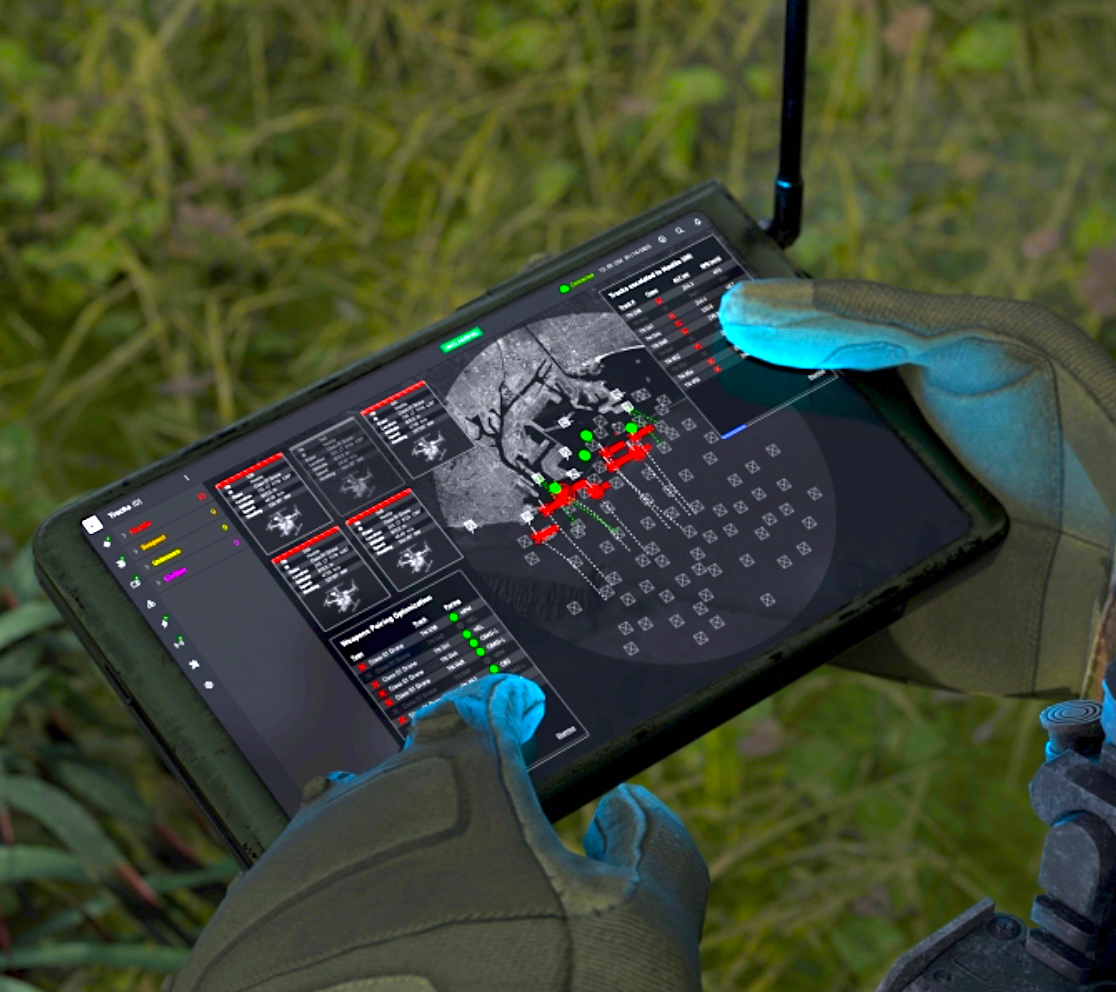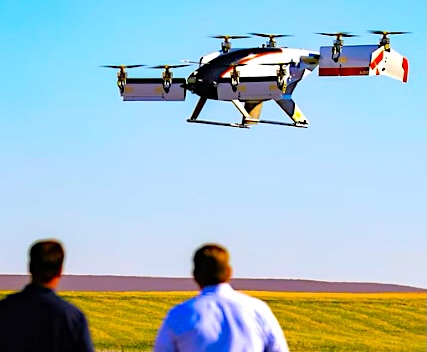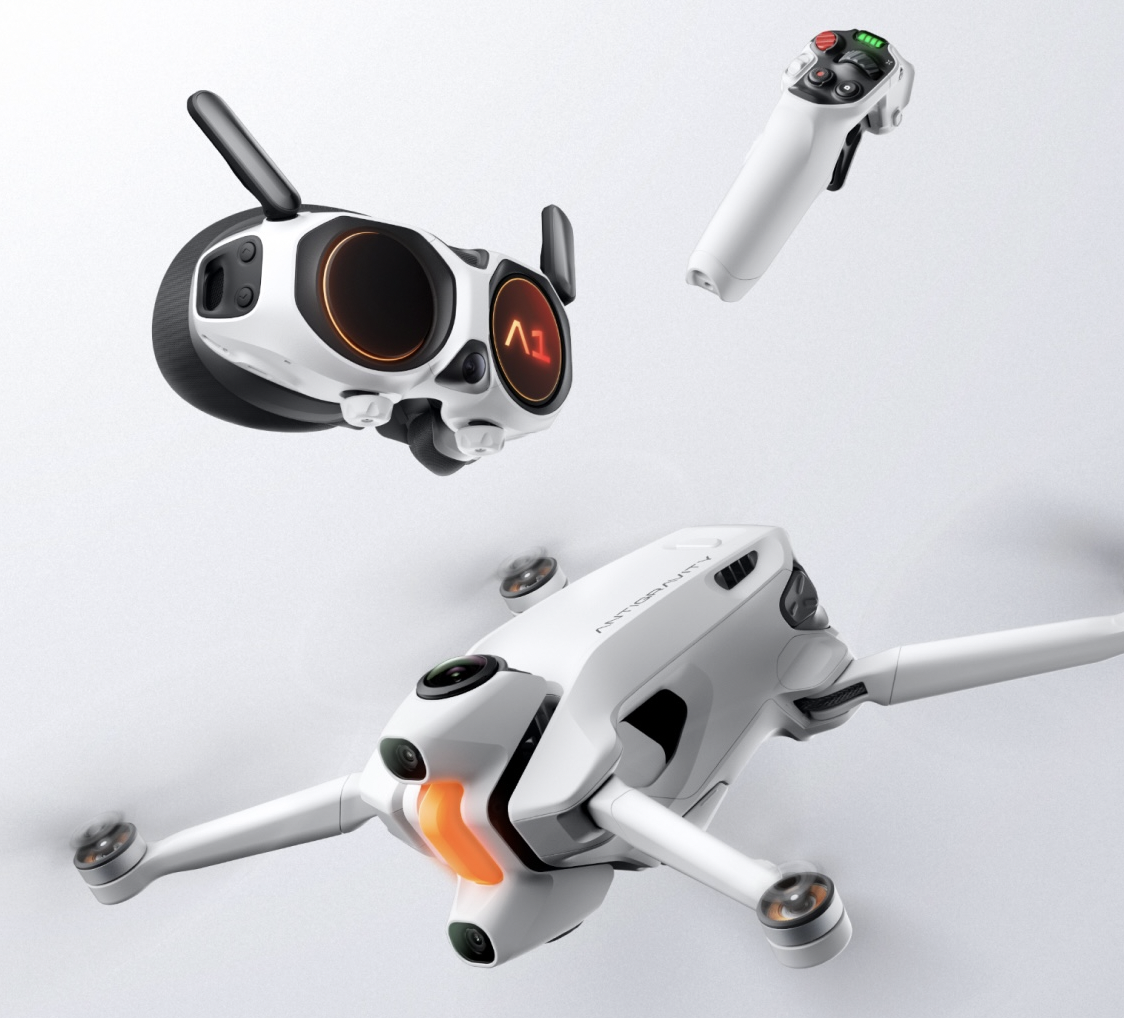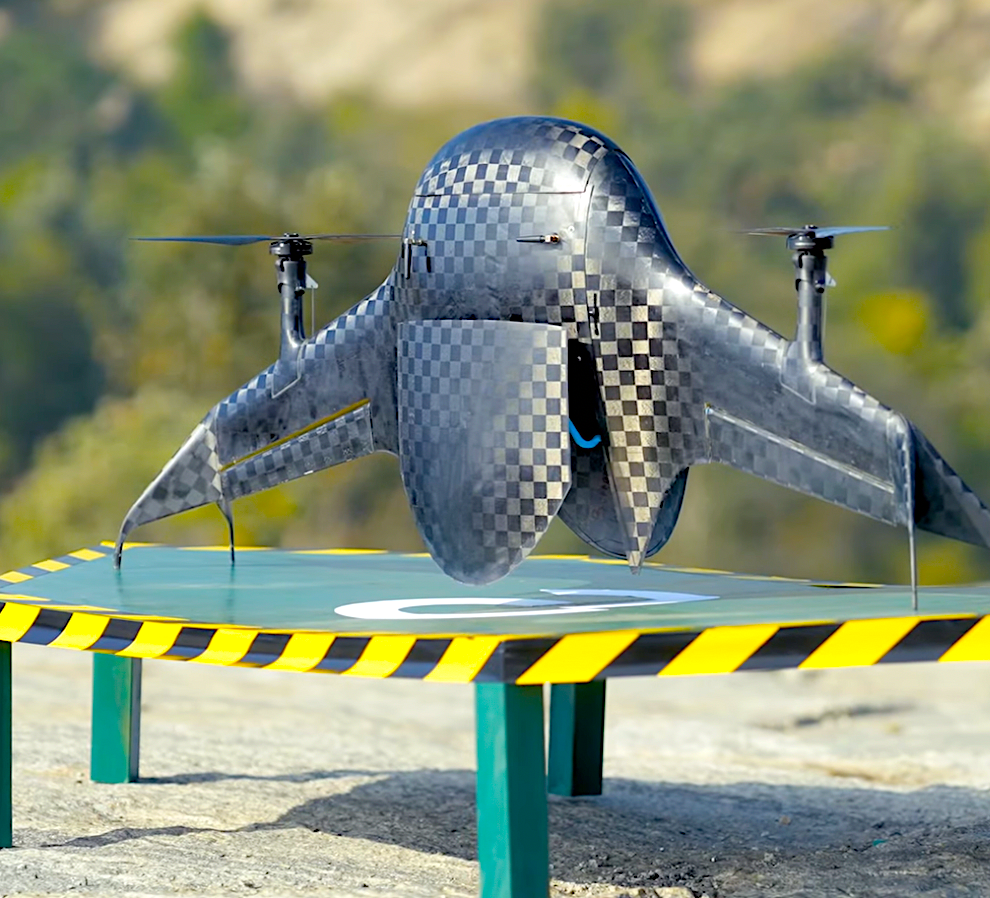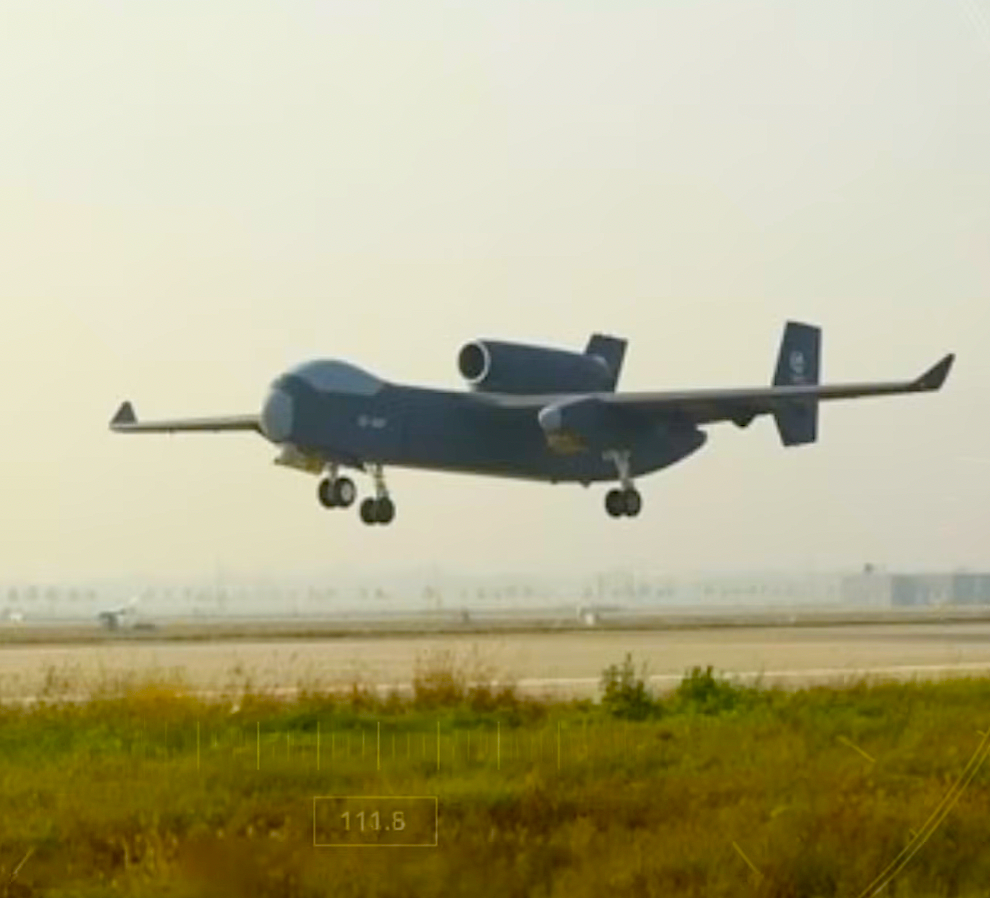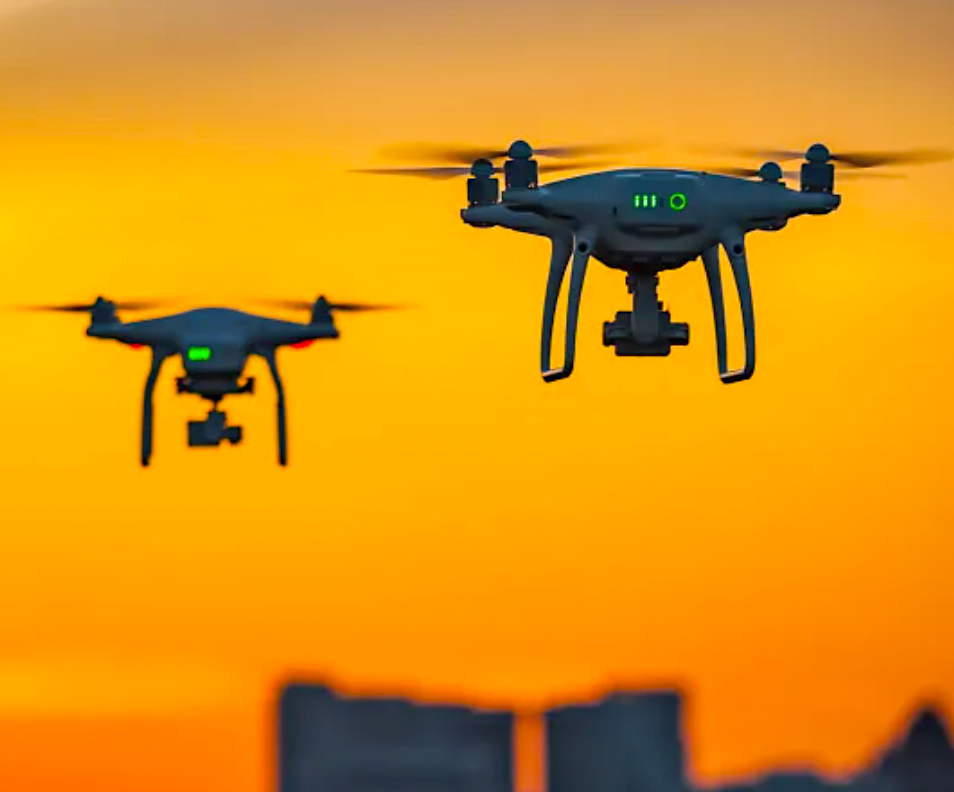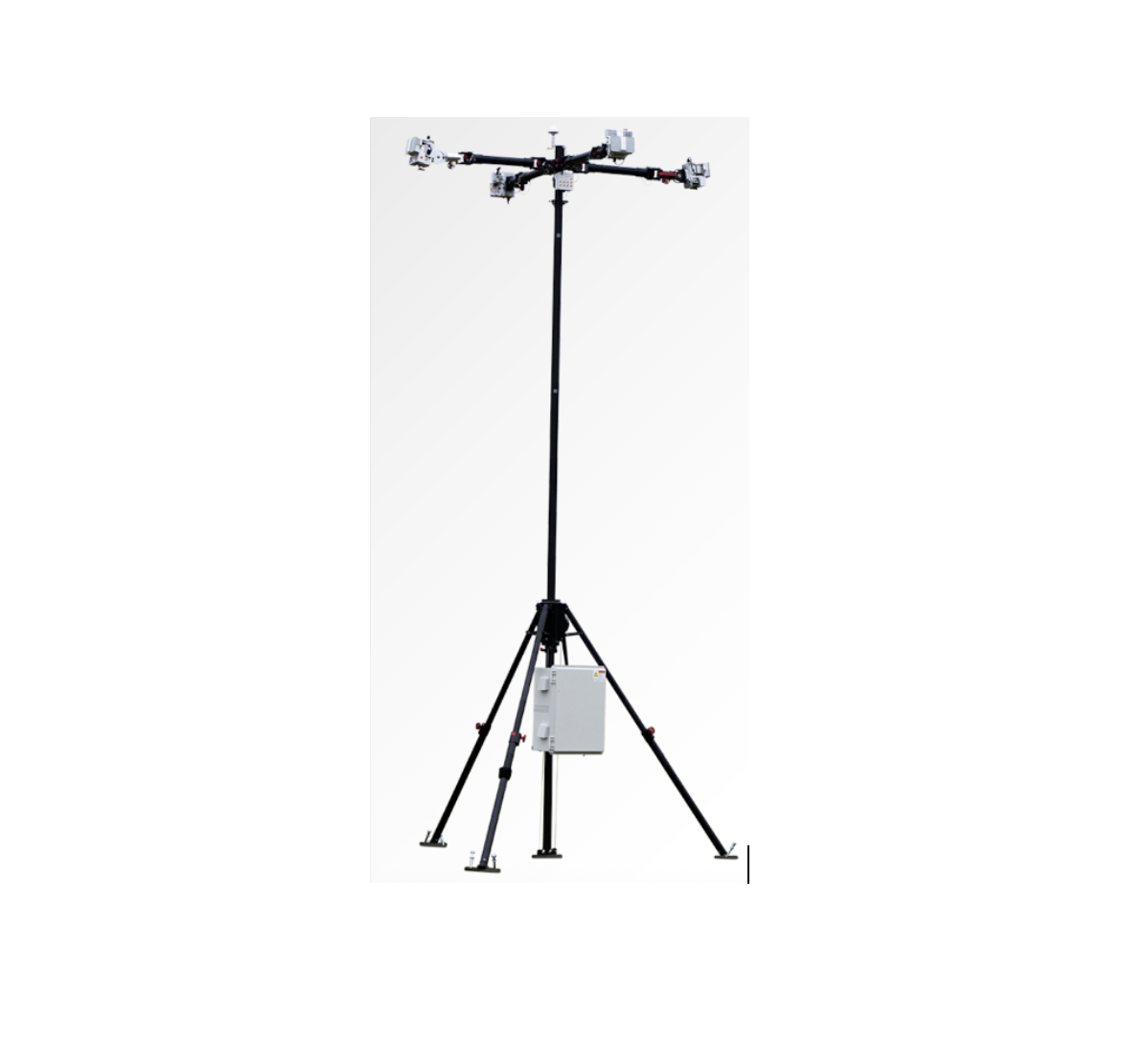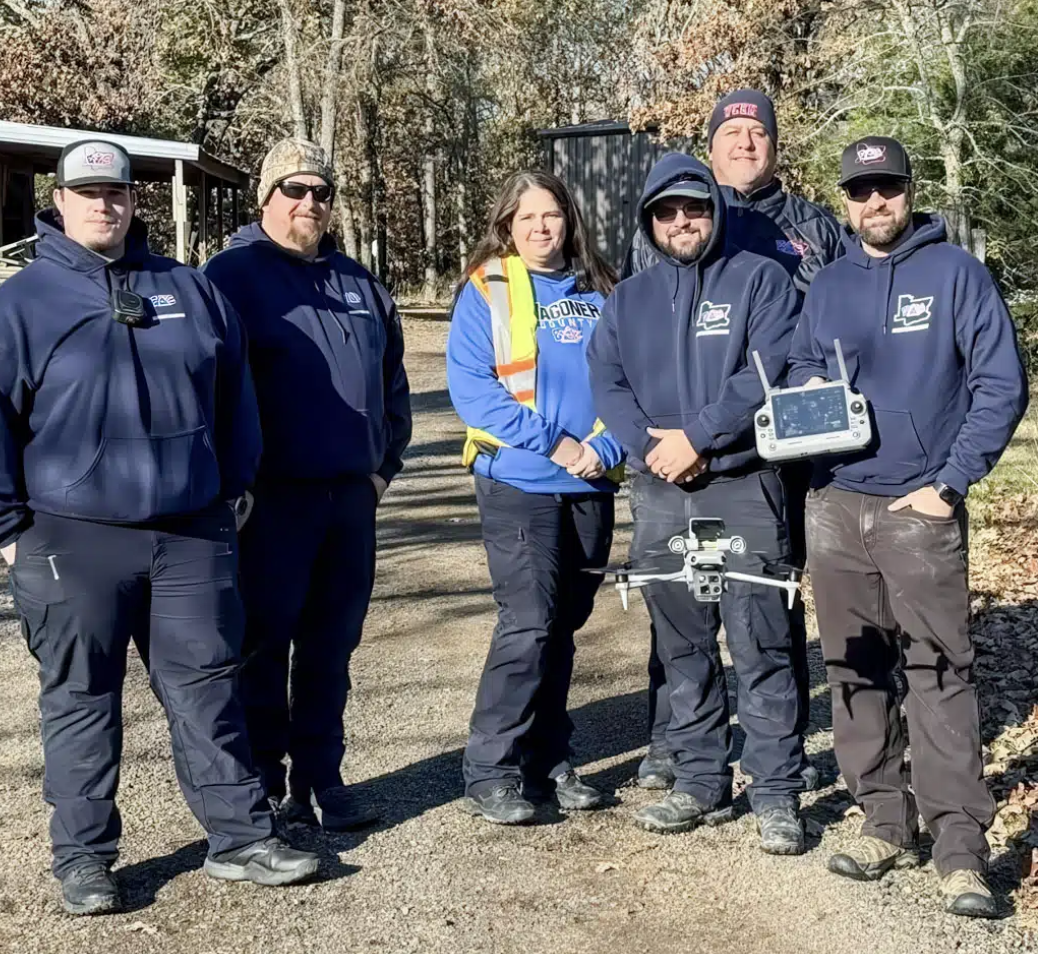Featured NewsTrending NewsOpinion: The Spying Problem
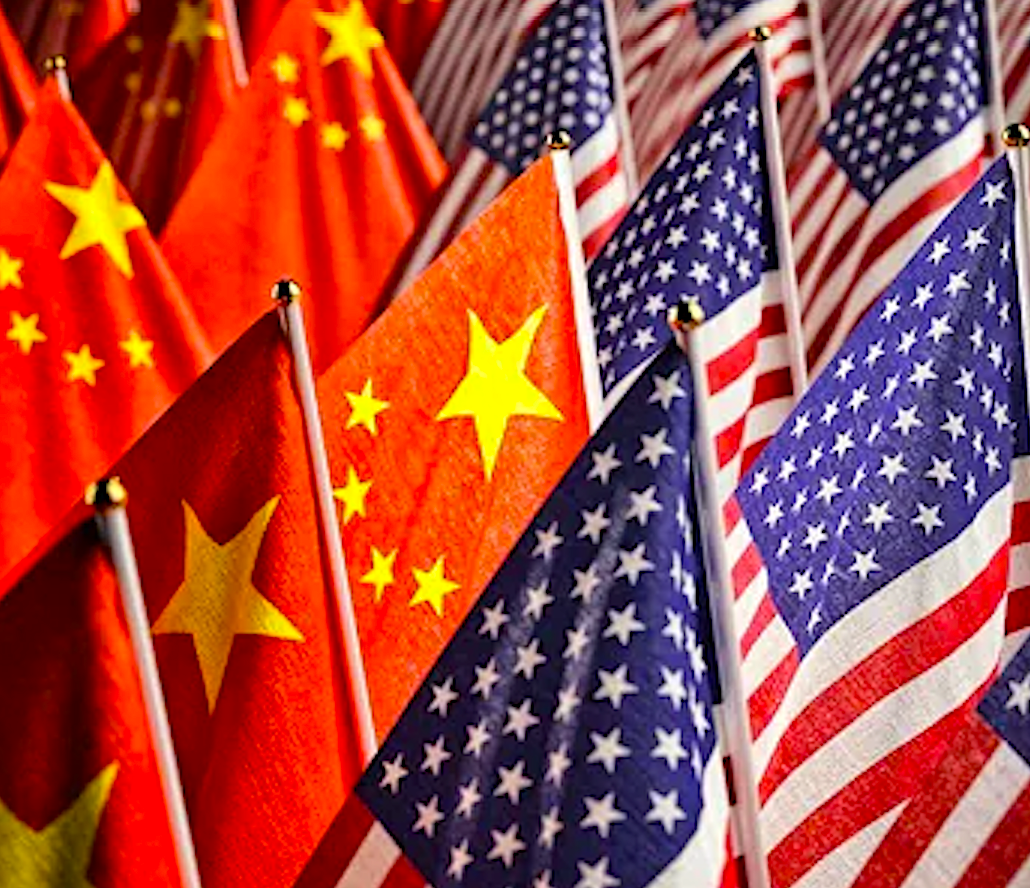
04 March 2024

By Dr. William Austin, President, Warren County Community College, Chief Pilot, WarrenUAS
Welcome to the reality of modern international spying where our latest technology is appearing to play a pivotal role, with UAS, more commonly referred to as drones, serving as potential tools for intelligence gathering. Recently, Chinese drone manufacturers have experienced increased notoriety for the extensive adoption of their products by individual pilots and both commercial and governmental agencies. Suspicions regarding Chinese drone involvement in ongoing espionage activities have cast a shadow over their dominance of the marketplace. Along with well-reasoned and escalating concerns, advocates of US national security are pushing for laws requiring the replacement of Chinese drones with alternatives produced by American manufacturers. Unfortunately, this positive goal is full of complexities and challenges that require a more critical examination.
The Rise of Chinese Drones: A Double-Edged Sword
The waning dominance of Chinese drones in global markets is undeniable, but they remain the industry standard bearers for quality. We all witnessed how companies like DJI (Dà-Jiāng Innovations) have revolutionized the UAS industry with a diverse range of products catering to a myriad of needs. Whether recreational hobbyists or professional cinematographers, GIS experts, planners, mappers, entrepreneurs, first responders, or government agencies; DJI seems to provide the cost-effective quality solution. The affordability, advanced features, and undeniable reliability of Chinese drones have ensured their adoption across most industries and across many borders throughout the globe. Chinese drones appear to be everywhere and are dominating the marketplace.
Almost as quick as their adoption and proliferation, Chinese drones were plagued by persistent allegations of espionage and security risks. Notably, the Chinese Communist adversarial government's tight grip on its corporations, coupled with suspicions and some evidence of backdoor access and data harvesting, have generated concern from many foreign governments particularly in the United States and amongst our allies.
The Call for American Alternatives: A National Security Imperative?
As a response to the escalating concerns many are advocating for greater action regarding national security by calling for the replacement of Chinese drones with alternatives from American or allied nation manufacturers. The rationale behind these calls for a ban are designed to supposedly mitigate the espionage risks associated with Chinese drones. The goals are to safeguard our sensitive information while preserving our national interests and safety. Many argue that the ban of Chinese drones would support domestic UAS industries and enhance economic growth all the while encouraging strategic autonomy and technological independence for the United States.
Challenges and Complexities
Despite the compelling arguments for American alternatives replacing Chinese drones with domestic counterparts, these arguments are fraught with challenges and complexities that warrant more thought and investigation. Not the least of which begs the question, is American manufacturing within the drone industry currently positioned and supported to meet this challenge?
First and foremost, the global UAS market already is embedded with and frankly reliant on the current Chinese dominance, with DJI alone commanding the significant market share. Any legal attempt to outlaw Chinese drones would necessitate a simultaneous substantial investment in production research and development, manufacturing infrastructure, and a renewed emphasis on fair regulatory frameworks that better cultivate a competitive domestic industry capable of matching the scale, affordability, and innovation offered currently by Chinese competitors.
Without such an increase in domestic support the effectiveness of the current American drone manufacturing industry to address the rising security concerns remains subject to significant questions. Even though American manufacturers promise more stringent security protocols and assurances for data integrity, recent experience has taught us that no technology is impervious to vulnerabilities or exploitation by bad actors. How many times this week did you get a notice that your personal identify information may have been compromised? What will better secure our drone data?
Navigating a Realistic Path to Replacement
Rather than emerging with knee-jerk reactionary legal requirements; legislators, bureaucratic policymakers, and a drone stakeholders might be better served by adopting a sensible and nuanced approach to such a ban that balances competing priorities and interests. Allied governments should collaborate with their home-grown manufacturers to establish more security standards and compliance mechanisms that can better mitigate risks and enhance trust in drone technology. Governments regulating and pressuring drone advocacy groups and individual users to comply is not a solution as it will only curtail the innovation and development of the most transformative industry we have seen since the early days of the internet.
Investing in marketplace research and innovation is a better solution to propel the development of secure and resilient drone technologies in the United States. Rather than just overregulating the industry, Congress should allocate resources towards advancing drone related industries of cybersecurity, artificial intelligence, and cryptographic solutions to help strengthen UAS systems against emerging threats and vulnerabilities. Encouraging collaboration between academia, industry, and government agencies can generate breakthroughs in drone technology while building a renewed system of innovation and entrepreneurship. Far too much of the funding is directed to too few companies and universities that have long ago left the realm of revolutionary innovation.
Conclusion
The relationship between Chinese drones and their potential uses for espionage epitomizes the contemporary interaction between technological innovation, geopolitical dynamics, ethical considerations, and patriotic thoughts. While the goal of American alternatives may seem tantalizing, the path towards replacing Chinese drones is fraught with challenges and complexities that necessitate a judicious and multifaceted approach.
When we promote transparency, cooperation, and innovation, all stakeholders can navigate the current complexity of drone espionage while advancing the collective goal of safeguarding national security in an increasingly interconnected and uncertain world. Only through concerted efforts and rational conversation can we forge a path forward that reconciles competing interests and goals while ensuring that the drone industry remains a force for progress and prosperity rather than becoming tools for subversion and exploitation.
In simpler terms, we are once again attempting to deal with complex realities with simplistic solutions – ‘just get rid of Chinese drones.’ We forgot, we have no real reliable replacements, at least not at cost effective pricing. Unfortunately, we are once again stuck with the same government body that as of yet is still trying to figure out Facebook. God help us all.
